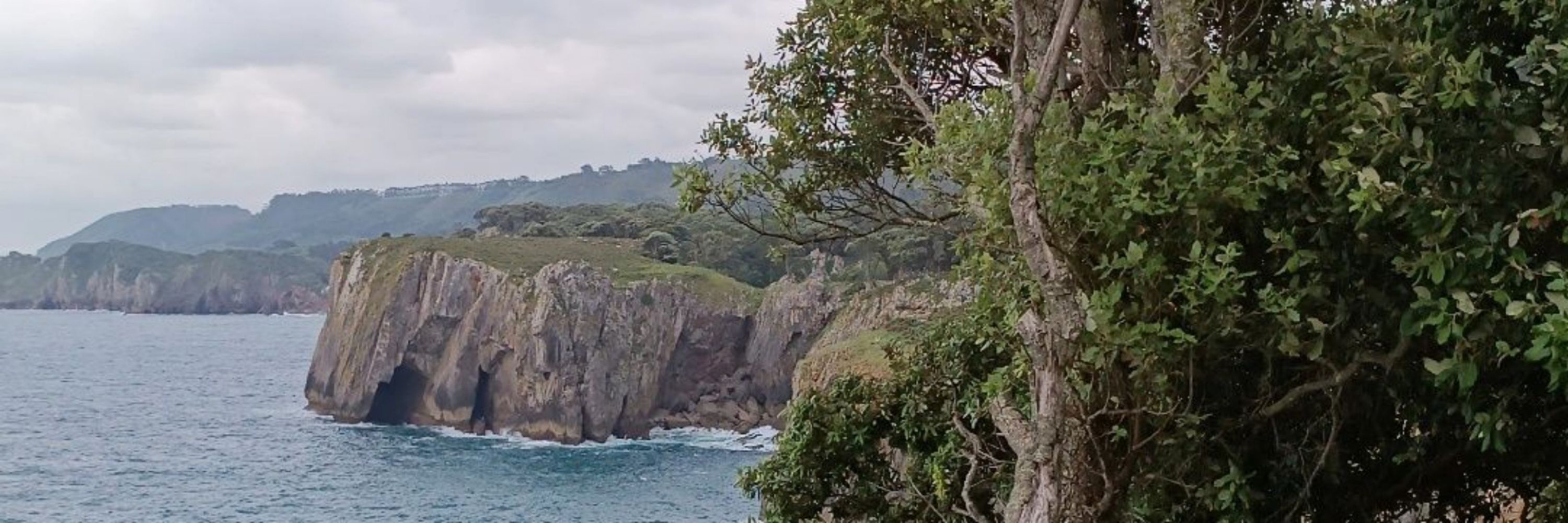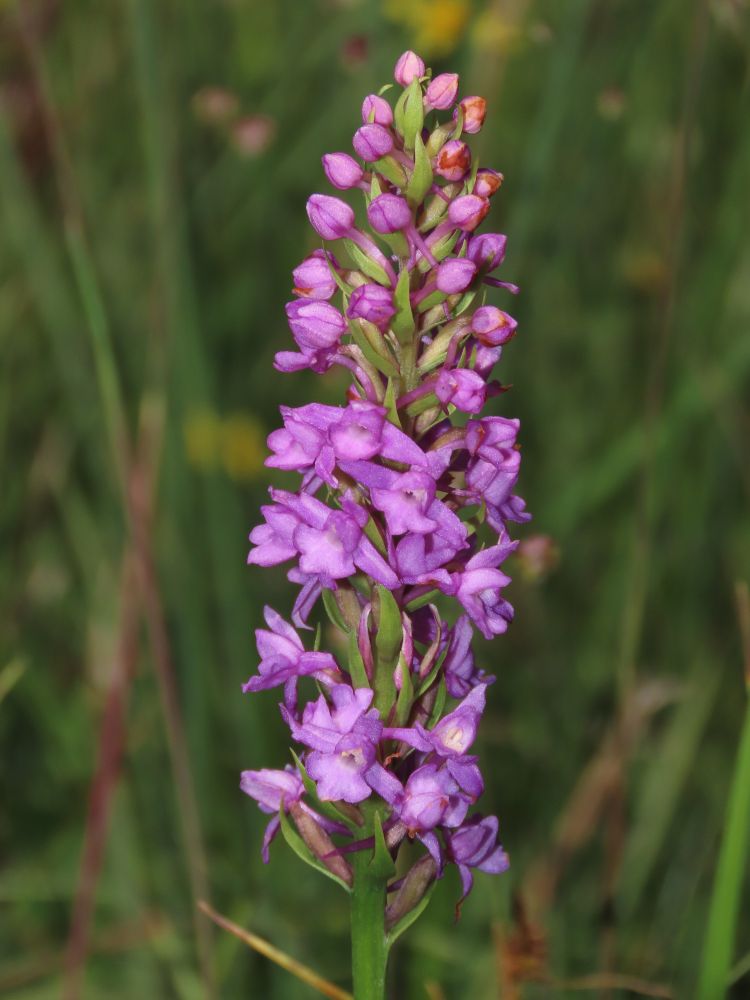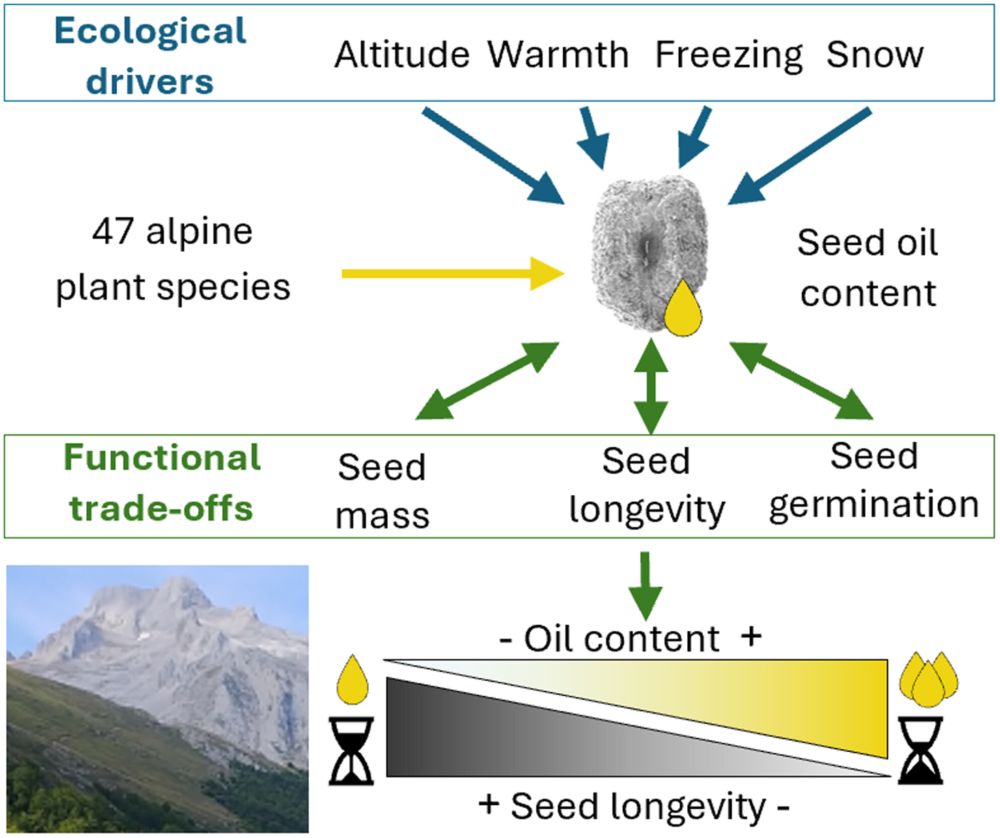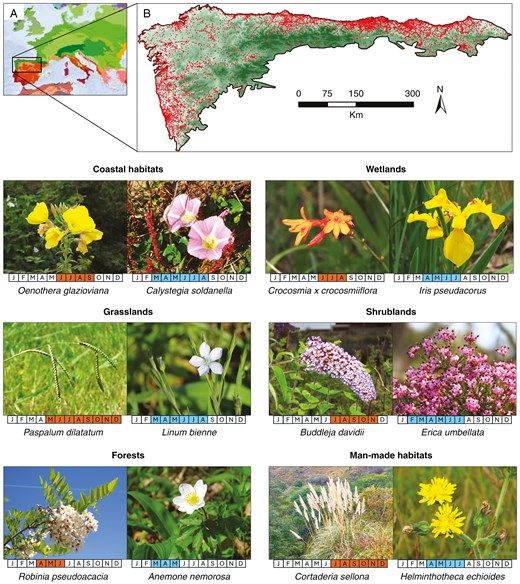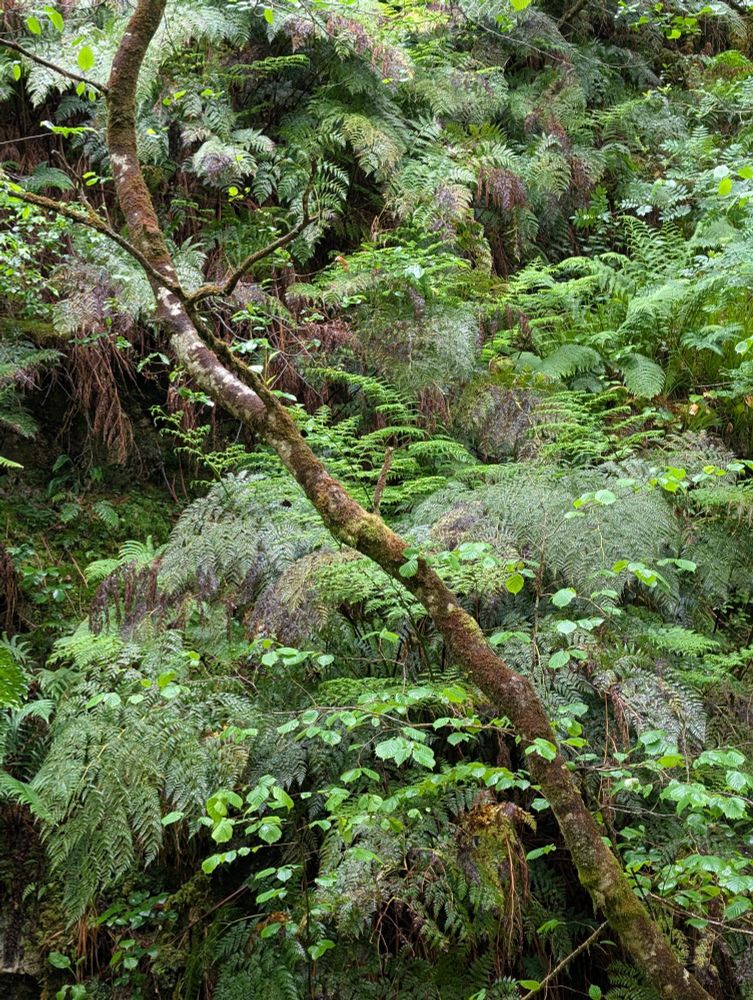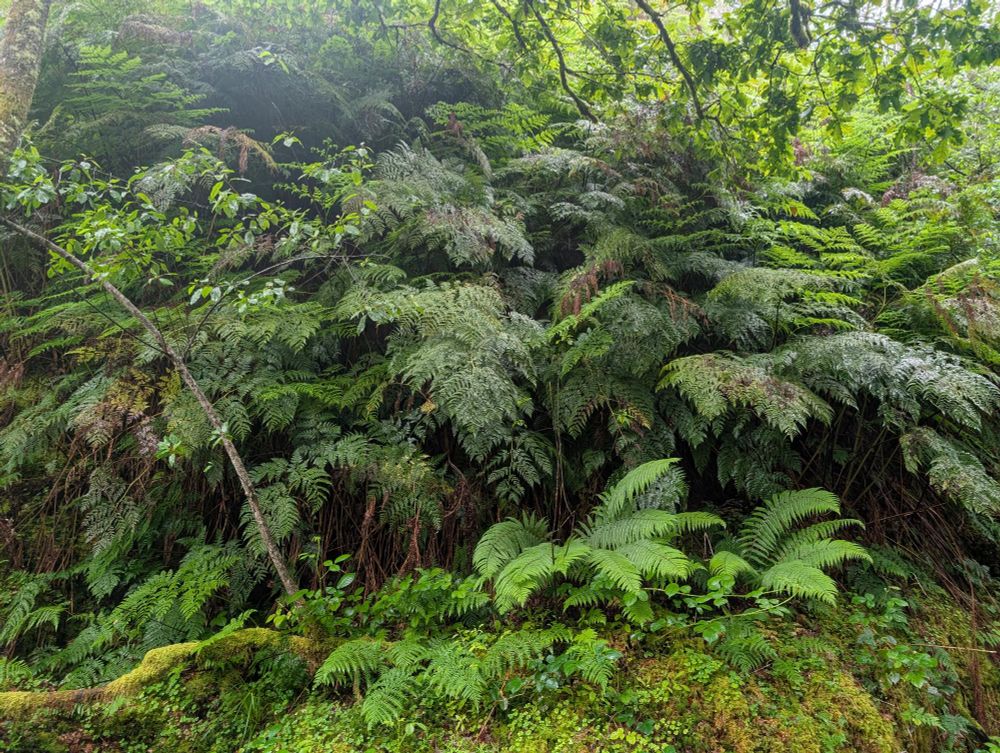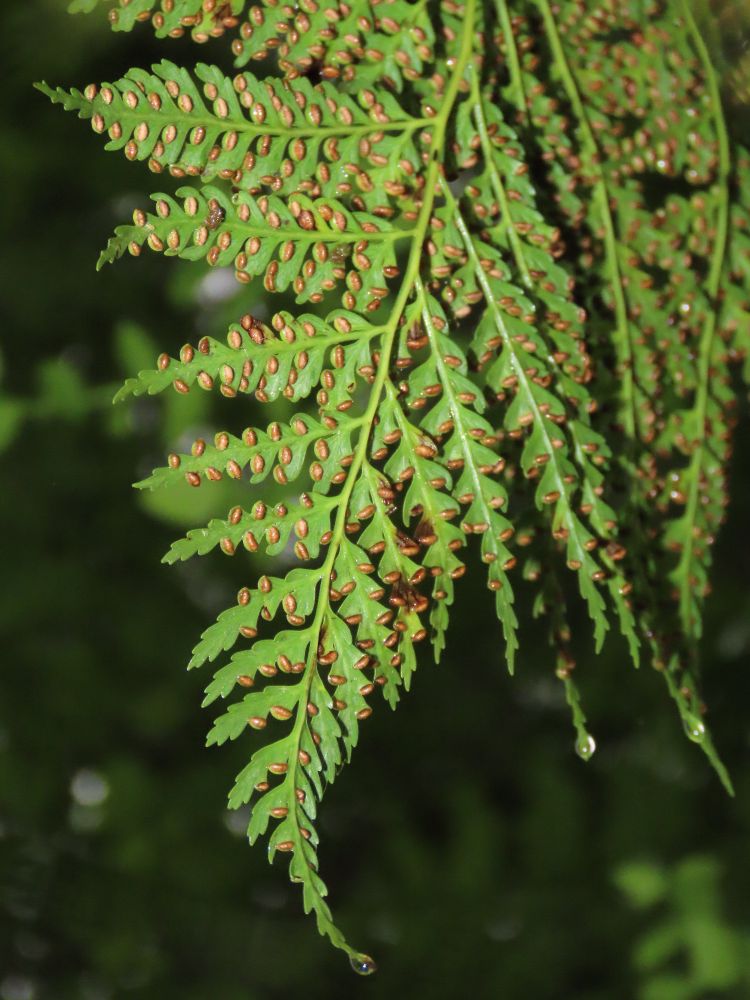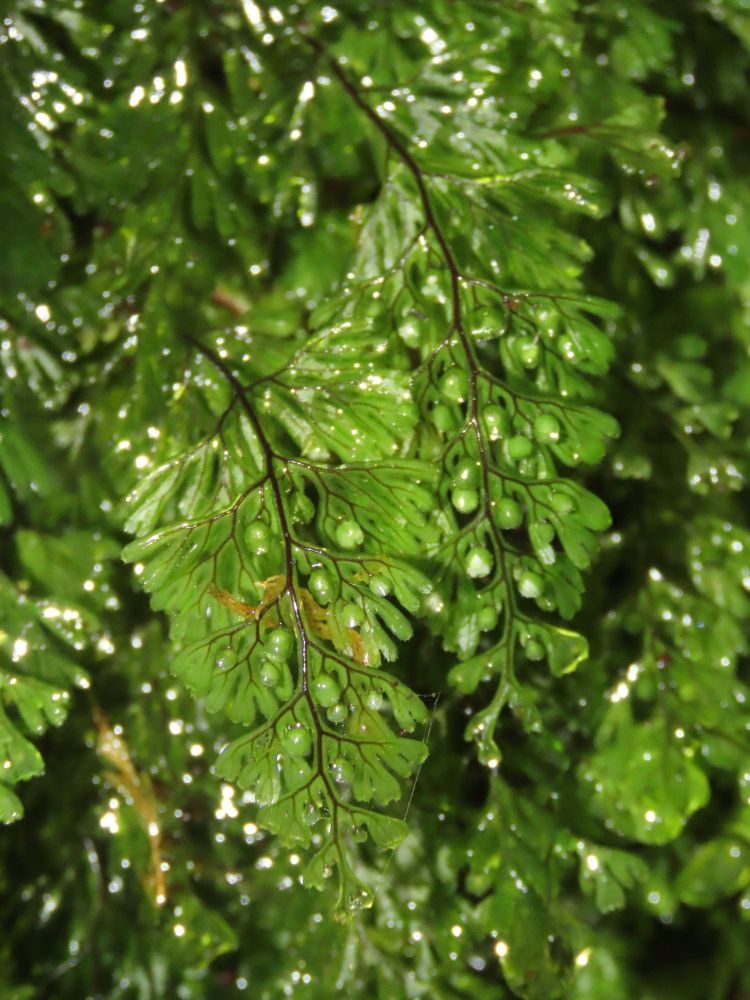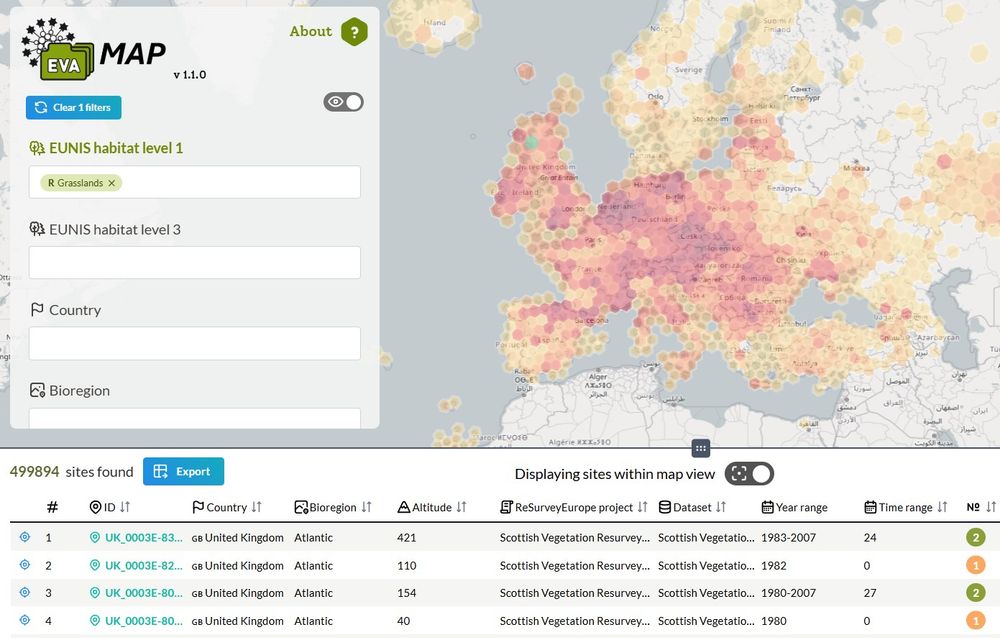Víctor González-García
@gonzalezgvictor.bsky.social
240 followers
290 following
54 posts
🌿 Asturies 🌳 PhD at IMIB-UniOvi 🌲 Atlantic Botanical Garden of Gijón/Xixón 🌾 Botanist 🌱
https://www.researchgate.net/profile/Victor-Gonzalez-Garcia-2
Posts
Media
Videos
Starter Packs
Reposted by Víctor González-García
Reposted by Víctor González-García
Reposted by Víctor González-García
Reposted by Víctor González-García
Reposted by Víctor González-García
Reposted by Víctor González-García
